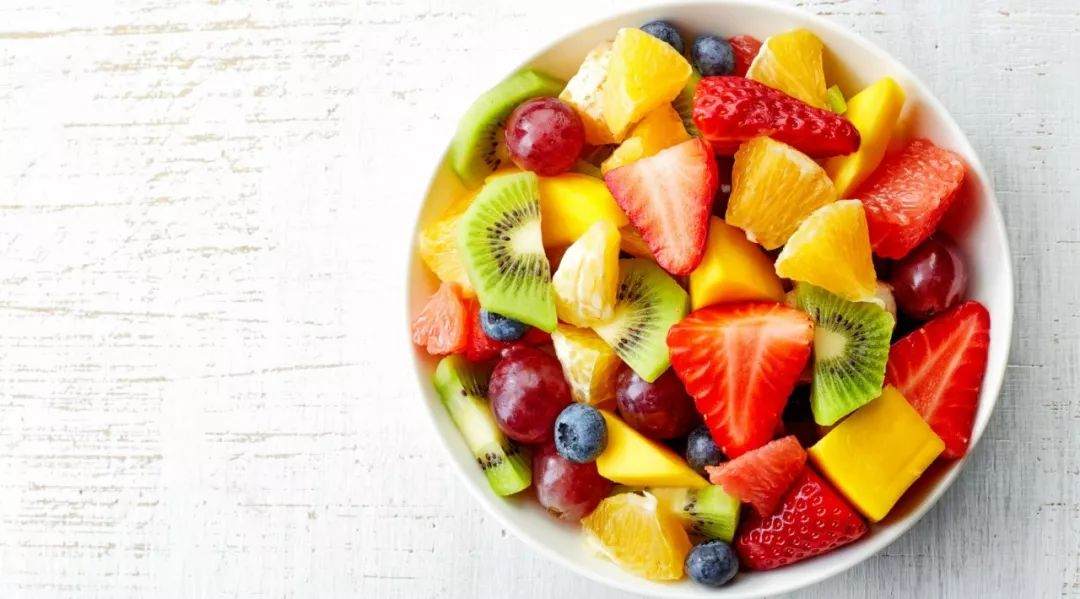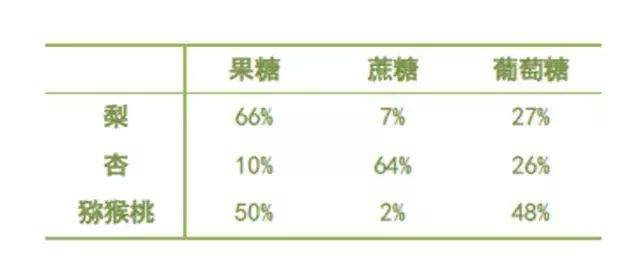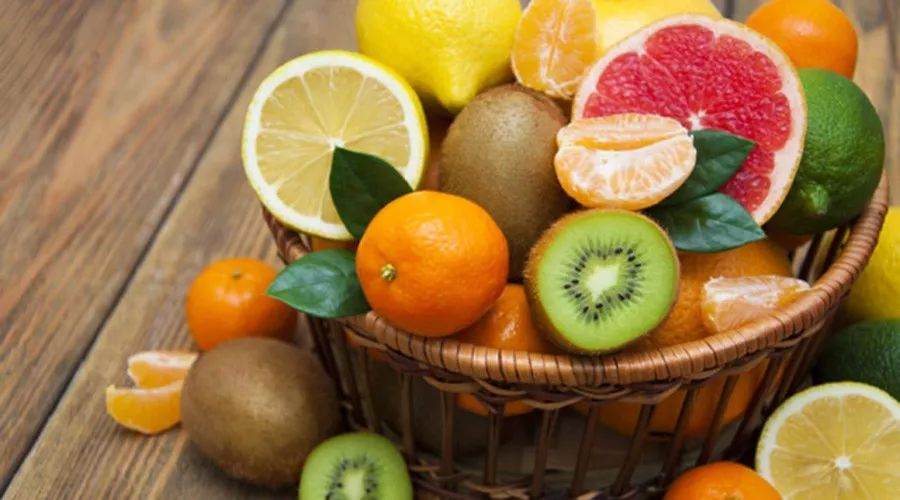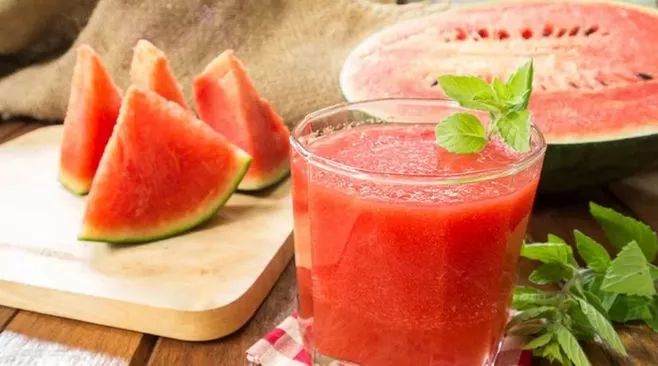Fruits are sour and sweet, and are loved by men, women and children.
Now everyone’s health awareness has improved, and we all know that the sugar content of some fruits is not low and we cannot eat too much.
However, many people mistakenly believe that [unsweet fruits must contain less sugar] and [sweeter fruits must contain more sugar].
In fact… the sugar content of fruits is not high, but it is not as simple as tasting sweet or not.


The sugar content of fruit cannot be tasted.
Tasting by mouth alone is not reliable, because different sugars have different sweetness!

1. There is more than one kind of sugar in fruits.
In fact, the correct name for sugar in fruits should be [carbohydrate]. In order to make it easier for everyone to read, it is still called [sugar].
There are four main types of [sugar] in fruits: glucose, fructose, sucrose and starch.
For each fruit, the proportion of these four ingredients is different, and more importantly, the four of them are not as sweet as each other.
2. Different sugars taste different sweets
Fructose is the sweetest (= 1.7 times sucrose), followed by sucrose, then glucose (= 0.7 times sucrose), and finally starch (completely devoid of sweetness).
Therefore, whether the fruit is sweet or not depends not only on the [amount] of sugar, but also on the [what] sugar.
For example, the total amount of fructose, sucrose and glucose in pear, kiwi fruit and apricot is about 10%, but the proportion is quite different:
 图片来源: 作者提供
图片来源: 作者提供
If we only look at the type and proportion of [sugar], pears should be the sweetest, followed by kiwi fruit and finally apricot.
But some people will surely say: Does kiwi fruit have so much fructose? The kiwi fruit I have eaten is not very sweet.
This is because……
3. Fruit contains not only [sugar] but also [acid]
In addition to the content and type of [sugar] will affect the sweetness, other components in fruits will also have a great impact.

For example, organic acids such as citric acid, malic acid and tartaric acid, which make fruits taste sour, and polyphenol substances such as tannin with astringent taste, will make fruits less sweet.
Therefore, [fruit sweet] and [sugar rich] are not the same thing.
How much sugar does all kinds of fruits contain?

Less, but sweet
Fruit is delicious and quenches thirst, but for those who want to control the calories in their diet, they are somewhat tangled and afraid of getting fat after eating too much.
If you like sweet food and dislike the high sugar content of fruits, you can choose: strawberries, melons, apricots, watermelons, papaya, etc. The [sugar] content is actually less than 10%.


Less [sugar] and a little sour
If you like sweet and sour taste and don’t like high sugar content, you can safely choose these fruits: white pomelo, red pomelo, carambola and waxberry.
If you like something sour, choose lemon.
It should be noted that fruits with sour taste contain relatively more organic acids and polyphenols, so people with poor intestines and stomach should not eat them in large quantities on an empty stomach.

There is plenty of sugar, but not sweet
There are so many exotic flowers in the fruit industry, because they contain a lot of unsweet starch, or because they are especially sour and cover up the sweet taste, which is very confusing.
- Pitaya is not sweet, but it has a lot of [sugar], about 11%; There are also ginseng fruits with no taste, which contain as much as 18% sugar. Passion fruit is sour and sweet, but it has more [sugar] than grapes, about 11%. Hawthorn is especially sour and not sweet at all, but its [sugar] content is as high as 22%.
For these fruits, be careful to fall into the trap of taste.

Sugar is abundant and sweet
The content of [sugar] in apples, grapes, pears, etc. we eat most often is usually 10% ~ 12%, slightly higher, but it is not bad.
However, fresh jujube, persimmon, fig, litchi, banana, durian, jackfruit and other fruits have less water content, and [sugar] is really more, generally learning more than 15%.

Sweet or not
Controlling the total amount is the key.
The nutritional advantages of different fruits are different. From the perspective of balanced nutrition, it is better to eat fruits of various colors in rotation.
However, no matter what varieties are selected, the most important thing is to control the total amount, with an average daily appropriate intake of 200 ~ 350 grams.
One 200-gram edible portion (peeled and peeled, can be eaten directly) is about equivalent to two kiwi fruits, or a large banana, two palm-sized watermelons, a medium-sized apple or peach, 6-10 Fresh medium-sized winter jujube, etc.
In contrast, do you eat too much or not enough fruit?
This article has been reviewed by registered dietitian Huang Bairong.
Responsible Editor: Homestead
Source of cover photo: www.hizy.net Genuine Photo Library
